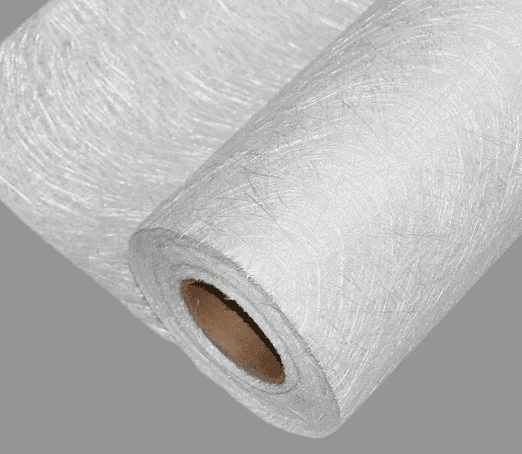Nonwoven Geotextile Fiber are important materials in civil engineering and environmental protection engineering, and are mainly divided into short-filament geotextiles and long-filament geotextiles. There are significant differences between these two materials in terms of production process, performance characteristics, and scope of application. This article will analyze in detail the differences between short-filament geotextiles and long-filament geotextiles from four aspects: material, process, performance, use, and applicable scenarios, and explore their application scenarios and development prospects.
What is Staple Nonwoven Geotextile Fiber?
Staple Nonwoven Geotextile Fiber is usually composed of short fibers of polymers such as polypropylene (PP) and polyester (PET). These short fibers are made into non-woven fabrics through needle punching or hot pressing. Staple Fiber Geotextile has good water permeability, durability and corrosion resistance, but its tensile strength is low, which is suitable for projects with low strength requirements.
What is filament nonwoven geotextile Fiber?
Filament Nonwoven geotextile Fiber is made of polyester (PET) or polypropylene (PP) filaments through spinning, weaving or needle punching. Due to its filament structure, filament geotextiles usually have high tensile strength, ductility and stability, and are suitable for engineering applications with higher requirements, such as foundation pit reinforcement, roadbed reinforcement, etc.
Materials and production processes of two different geotextiles
Materials and production technology of short-filament geotextiles;
- Raw materials: Short Nonwoven Geotextile Fiber use short fiber materials, usually polypropylene (PP) or polyester (PET) as raw materials. These short fibers are usually no longer than a few hundred millimeters, and the fibers are cut into short segments by spinning machines and other equipment during the weaving process.
- Fiber preparation: First, the polypropylene or polyester particles are melted and spun to make short fibers.
Needle punching: The short fibers are laid randomly and then reinforced by a mechanical needle punching process to form a geotextile.
Thermocompression bonding: Sometimes, the thermocompression bonding process is also used to bond the fibers to form a fabric.
Advantages: The production process is simple, the cost is low, it is suitable for large-scale production, and it can meet the basic functional requirements of most geotextiles.
Material and production process of filament geotextiles;
- Raw materials: The raw materials of filament Nonwoven Geotextile Fiber are usually polyester (PET) or polypropylene (PP). After these raw materials are melted, they are made into filaments through spinning technology or other textile technologies. The filaments are continuous and can reach several kilometers in length.
- Filament spinning: First, the polyester or polypropylene pellets are melted and stretched into thin filaments through a spinneret.
Fiber weaving or needle punching: The filaments can be woven into fabrics or formed into non-woven fabrics through a needle punching process.
Reinforcement treatment: In order to improve the tensile strength of the fabric, the fabric is usually reinforced by heat pressing or thermal bonding.
Advantages: Filament geotextiles have high tensile strength, stability and durability, and are suitable for use in complex and harsh environments.
Application scenarios and scope of application
- Application scenarios of short-filament geotextiles;
- Road and railway construction: used for isolation, reinforcement, filtration and drainage of road and railway foundations.
- Dam and water conservancy projects: used for reinforcement, protection and filtration of river dams.
- Landfill: used for anti-seepage, isolation and drainage systems of landfills.
- Agriculture and horticulture: used for soil protection, drainage and protection to help control soil erosion.
- Underground facilities: used for waterproofing and reinforcement of underground facilities such as underground garages and tunnels.
Application scenarios of filament Nonwoven Geotextile Fiber;
- Foundation reinforcement projects: used for roadbed reinforcement of heavy facilities such as highways, airport runways, and railways to provide additional bearing capacity.
- Water conservancy and coastal engineering: used for protection and reinforcement of dams and rivers to prevent erosion and improve stability.
- Tunnel and underground engineering: used for reinforcement and waterproofing of underground structures such as tunnel linings and underground parking lots.
- Landfill: In harsh environments, long-filament geotextiles can be used as anti-seepage and protective layers for landfills.










